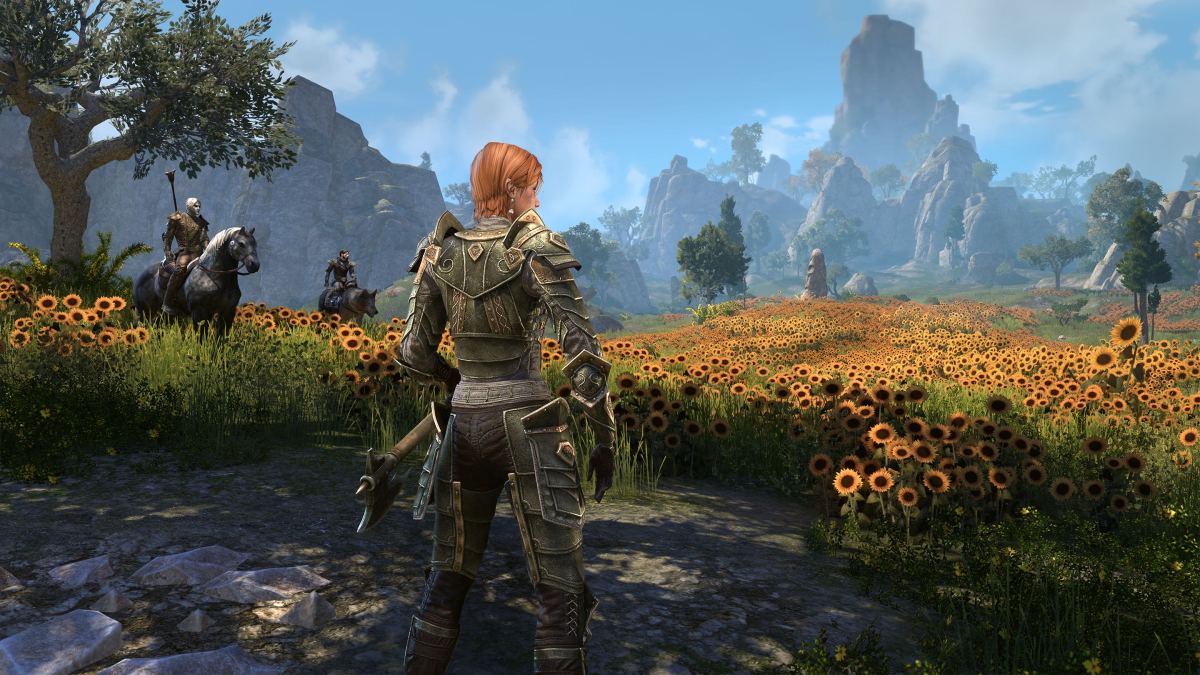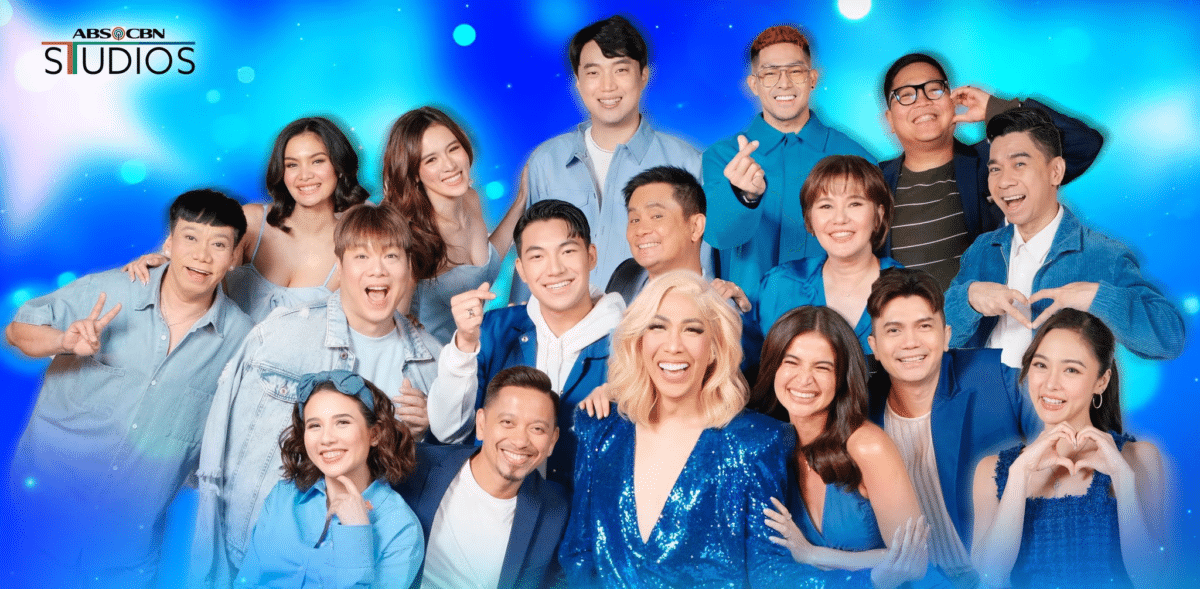
At PAX Australia, popular creator Lara6683 performed music from the , while also delivering an insightful music lesson. Slightly embarrassing to admit, given I have taught game music composition for a decade – and that three of game music pieces were performed by an orchestra at Australia’s first – but my exposure to game music only really began when my younger son discovered that he could connect his phone, via bluetooth, to the car’s speakers. Imagine me forever driving around to .
If we have a car accident, you’ll know it happened at . Having played , I was immediately able to connect to this jazz interpretation; why one might choose a high energy, double time feel, or lean into the ‘mocking’ quality of the answering phrase, by embellishing the ‘tousled’ or ‘trussled’ pitches. It captures corresponding character, Papyrus, quite cleverly to my ear.
And so, despite having ever played (I’m sorry, I know!), I thought it might be fun to experience the game’s music through live performance , at a . It was fun, educational. Nocturnes, motifs and modes in In addition to playing several ‘covers’ on a digital piano, Lara presented light musical information.
“A nocturne is a night song,” she mentioned, “dreamy, still, and introspective.” She referred to the work of Irish composer, John Field, and the romantic era nocturne’s characteristic, lyrical piano melodies, set against rich, arpeggiated (each note one by one) accompaniment. Lara then highlighted the four note motif that underpins the ESO piece, ‘Northpoint Nocturne’ (F, E, C, D), and described each phrase as, “the anatomy of a breath”.
She didn’t elaborate, but I had a sense that each phrase works in isolation, and then also flows as part of a longer, musical sequence. Her performance was expressive and, although I knew this was a cover, I was surprised by how bringing more of the nocturne’s characteristic left hand to the piece enriched the harmony, when I compared it to the – the string textures in the original are very sparse and each chord is stated once, rather than as a broken chord. Lara also explained the narrative associations the Western ear will make when hearing modes and scales.
She described the track ‘ ’ as having an ‘otherworldly’ feel because of the lydian mode used. She also referred to the whole tone scale and the sequential tone intervals in the lydian mode, which I have heard my students usefully describe as ‘major, but more major’. This is the E lydian mode, which may sound ‘more’ major than a major scale (or ‘otherworldly’, as Lara described it), because of the A#, rather than the A you will find in an E major scale.
And, when I sat down to (loosely) transcribe the most recognisable musical content in Moons of Evening Star, I noticed that, yes, it is lydian, on E, D C. It’s also major, as a result of the major 3rd, lydian #4th, major 7th intervals. A precise mood doesn’t happen by accident, it is baked into every compositional choice, before the performer enacts it.
This kind of thoughtful, theory-based approach to interpretation makes for evocative performances. Music, even if initially delivered as audio files in a game like , does not have to be set in stone. It is a temporal medium, shared between people.
And, thanks to specific genre knowledge and instrumental expertise, performers of game music present new ways to connect with personally meaningful game experiences. And, I’ve always loved a good cover. It’s like someone else’s understanding of a song that I understand in my own, different way.
Or, in the case of this panel, the other way around; the cover happened first. My son was also in attendance, and you’d better believe that live performance of has now been added to the car playlist..














